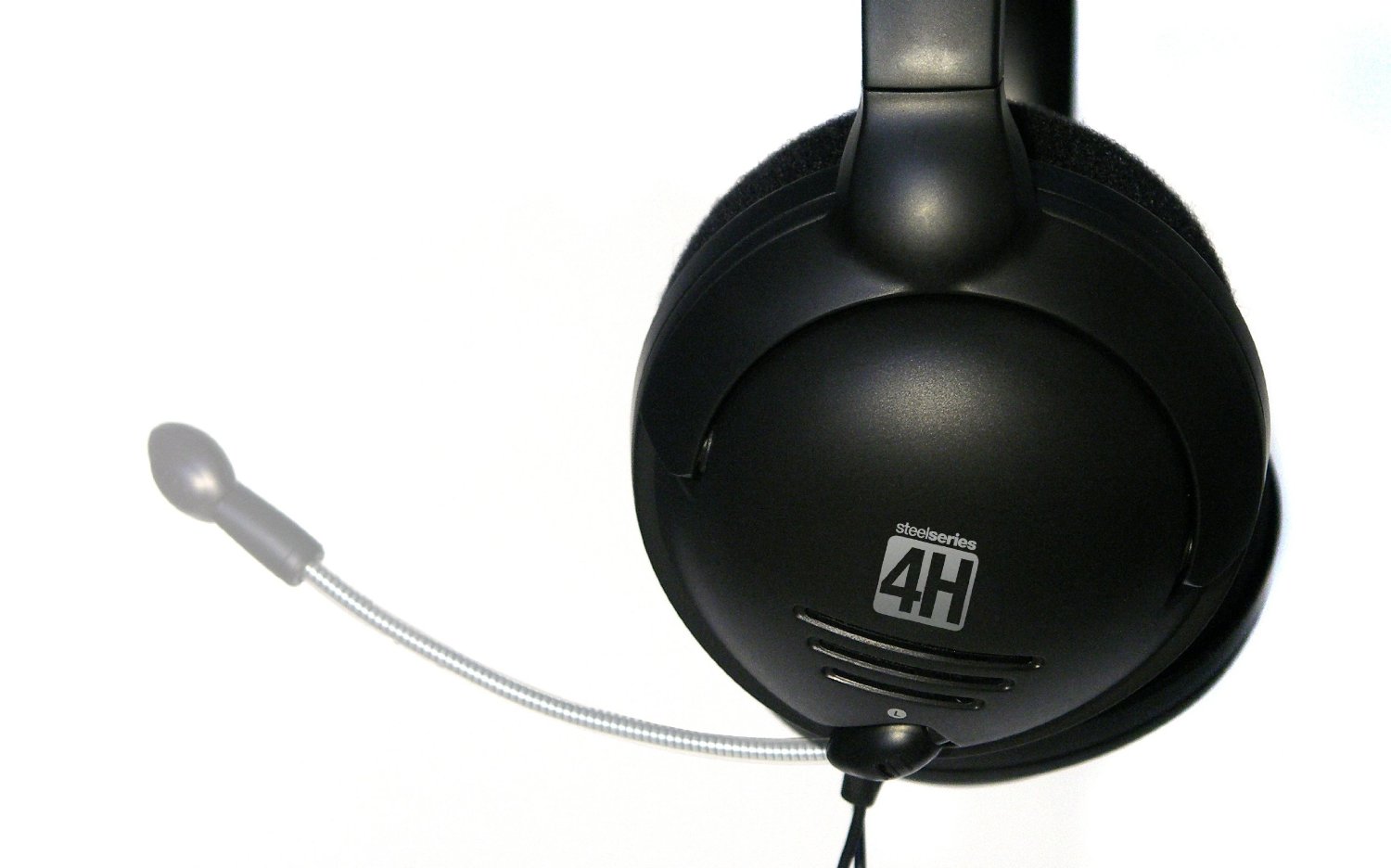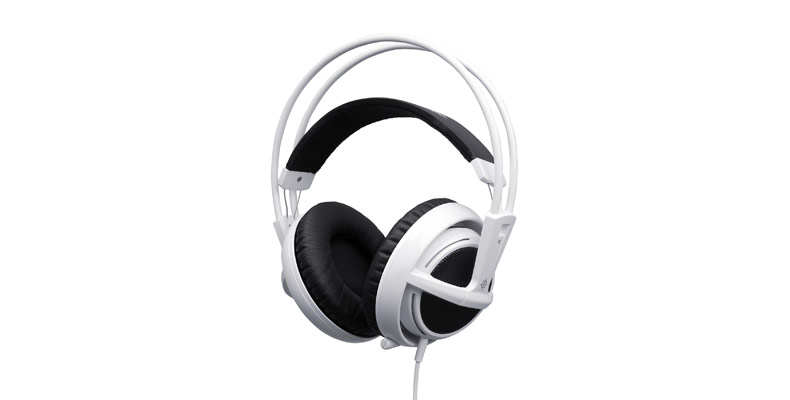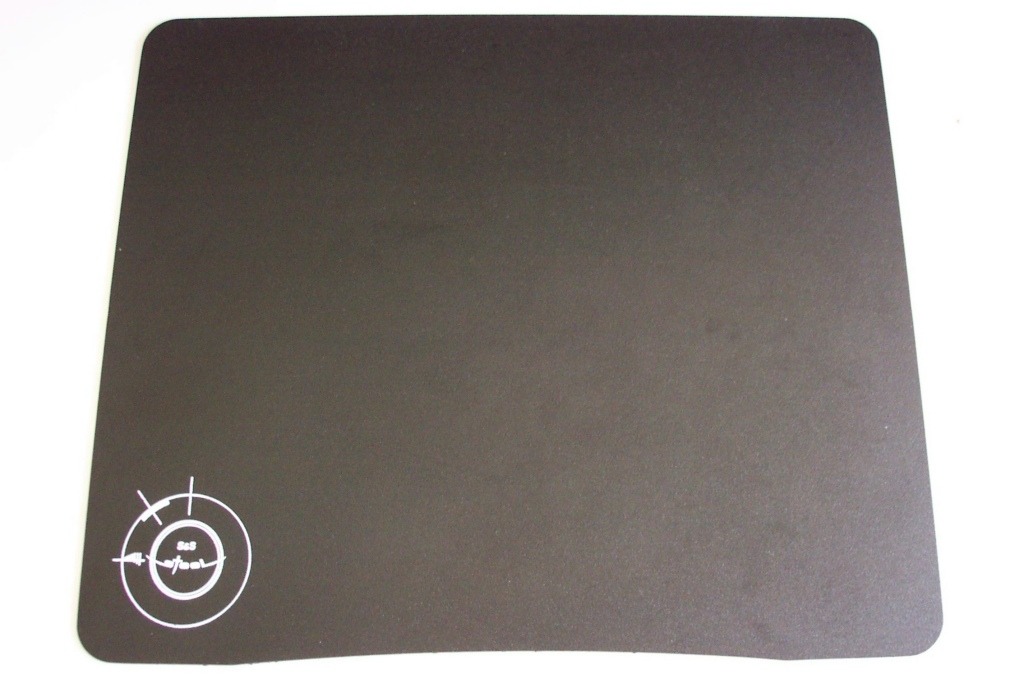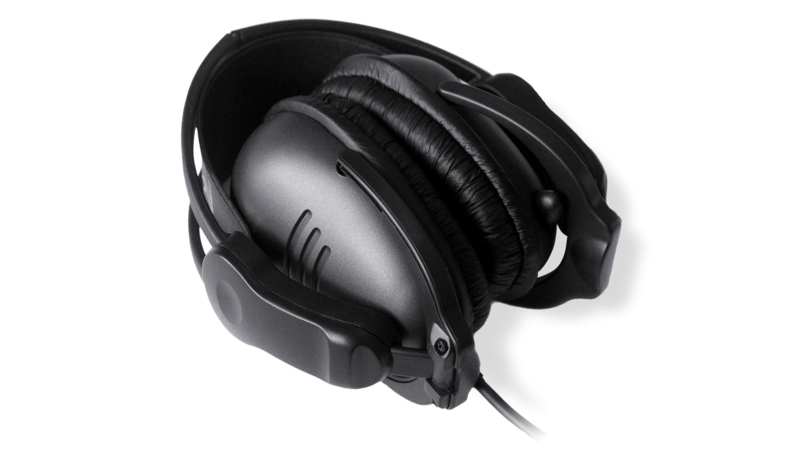
SteelSeries 4H
Last month we had the chance to review SteelSeries’ entry level headphone/mic combo in the 3H, a small, albeit very well made and productive gaming headset for just about anyone to use, but geared for gamers. We’ve now had the opportunity to try out the 3H’s big brother in the way of the 4H, another winning entry from the company who knows what gamer’s want, and delivers each and every time.
The 4H improves up what made the 3H so economical and useful by increasing the size of the ear cups, now allowing them to encompass your entire ear, providing an added bit of noise canceling. This was one of the major drawbacks to the 3H as it didn’t cancel out ambient noise, and at times, it seemed as though devices like fans, or even your CPU cooler could get in the way of the action unless you used absurdly high volumes.
Staying with the traditional hidden microphone, the 4H hides a retractable mic inside the left earphone, making it easy for gamers using voice chat to pull out the opposable device at a moments notice, or simply use the headphones without the mic getting in your way.
As with most expensive headsets, the 4H comes equipped with a cord remote allowing for on the fly adjustment of headphone volume and microphone sensitivity, the former controlled via a dial, the latter with a three position switch. Since it’s a common occurrence to get your cords tied up between Red Bull and Mountain Dew slams, the remote also comes equipped with a handy clip for attaching to your shirt sleeve, or elsewhere if you decide to play sans clothing.
The construction of the 4H is also continuing with SteelSeries’ top notch choice in materials. The mic itself is the most noticeable with a series of metal and rubber rings making the boom flexible and adjustable from the top to the bottom. The plastic construction of the 4H is sturdy, and the set never feels cheap like a lesser brand. The solid ear cups provide more than enough weight to keep them in place, and after prolonged periods of playtime, you never feel as though your neck might snap off.
The only real disappointment with the unit is the sound, while the 3H handled bass very well, albeit in an exaggerated sense, the 4H’s sound seems duller, less rich, especially during non-gaming us. Just listening to AAC encoded tracks from iTunes, the sound seemed much quieter than previous headsets we have tested and there didn’t seem to be a lot of definition in the sound. Granted these are gaming headsets first, but with some games providing rich, orchestrated, or licensed soundtracks, it was disappointing to see the 4H just pass on our audio tests, while still excelling at the loud, booming bass of games. I’m by no means and audiophile by nature, but after switching back and forth between the 3H and 4H, I actually preferred the 3H’s sound to the bigger, more expensive unit.
The 4H continues the award winning tradition of SteelSeries by really focusing on the gamer. Those looking for an all around headset for everything from Skype to iTunes to BioShock may be disappointed. Still, even with some minor sound drawbacks, the 4H comes highly recommended for its excellent construction, comfort, and features.




